MINOT AIR FORCE BASE, N.D. —
The 91st Missile Wing successfully performed its biennial Simulated Electronic Launch Minuteman (SELM) test, the first phase of testing for the Minuteman III, at Minot Air Force Base, North Dakota, on September 17th and 18th, 2024.
“This year’s SELM, named OPERATION GIANT PACE 24-2M, was conducted to evaluate the readiness and reliability of the MMIII ICBM system,” said 1st Lt. Ivan Cruz, 91MW Maintenance Group executive officer. “Although operational test launches are executed frequently at Vandenberg Space Force Base, SELM allows the Air Force to test critical processes in a deployed environment without firing the missile.”
This evaluation is an end-to-end test that is used to verify the reliability of the MMIII ICBM system’s ability to launch if given the command from a Launch Facility (LF), a Launch Control Center (LCC), or an Airborne Launch Control System (ALCS).
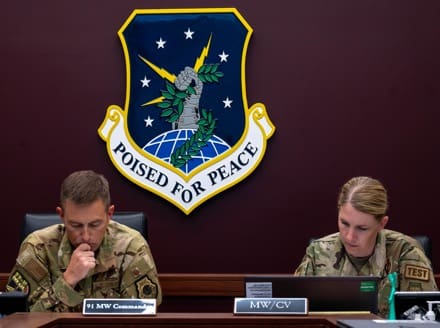
“This year we tested four LFs and two LCCs, with assistance from the 625th Strategic Operations Squadron, to test a new flight track of the E-6B Mercury,” said Cruz.
Before the test launch order can be given, more than 1,500 hours are committed to ensure all safety measures are met. For the SELM test, the maintenance crews and operators replaced the operational components with test components and isolated the LFs from the rest of the operational squadron to form a test squadron. This allows the test to be conducted safely without affecting an operational missile site while the testing missile crew members use real commands.
“Due to the ever-growing age of our weapon system, showing that it can complete its mission when asked is important for us in gathering analytical data, and show we are capable of assuring our allies and deterring our adversaries,” said 1st Lt. Alex Mathews, 740th Missile Squadron missileer.
Once the preparation phase was concluded, the SELM test began. The teams tested their ability as combat crews to launch from not only the LCC but from an ALCS aboard a Navy E-6B Mercury aircraft, which is capable of remotely launching the fleet of MMIII ICBMs.
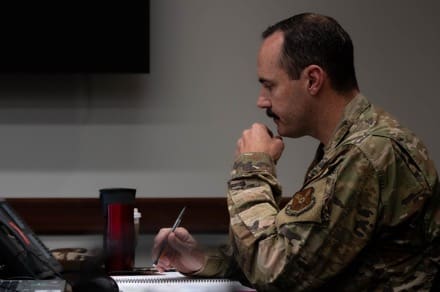
Many agencies are involved in safety, like the missile maintenance team and electronic mechanical team, who ensure the numerous safety procedures are complete prior to testing. The 91MW’s crisis action team then confirms that all sites are in a safe configuration before the simulated launch, Cruz said.
When all of these tasks have been completed a last-look inspection is done by SELM Quality Assurance personnel to verify the proper configuration of the test LF and LCCs.
After the safety of each site was confirmed, test commands were sent from isolated test LCCs and the airborne ALCS. Missile commands were transmitted to the isolated SELM test squadron to evaluate everything from routine activities all the way up to the first stage ignition of the MMIII.
“The credibility of the 91st MW lies in our Airmen and the weapon system we maintain and operate. We train daily for our mission, and SELM allows us to demonstrate the standard of upkeep provided by our maintainers, and the expertise of missileers tasked with executing our mission,” said Mathews.
The most important aspect of any weapon system is to demonstrate its reliability through extensive scheduled and routine testing. With the SELM test complete the second and final phase of testing can be completed. This second phase of testing will see a live launch of unarmed MMIII at Vandenberg Space Force Base, California. This rigorous testing allows the 91MW, U.S. Air Force and U.S. Space Force to provide a demonstration of combat capability without compromising safety.
By Senior Airman Alexander Nottingham, 5th Bomb Wing Public Affairs
You can skip to the end and leave a response. Pinging is currently not allowed.
Read the full article here

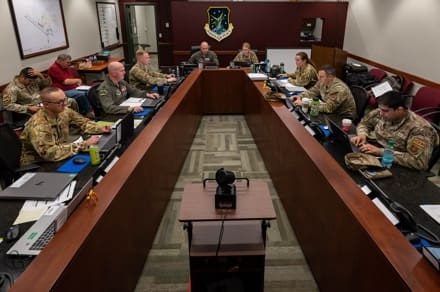
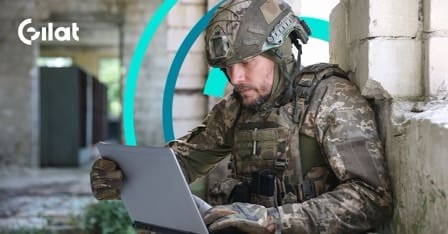


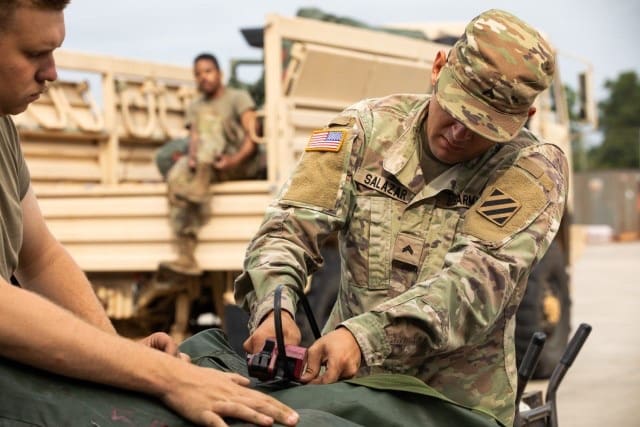
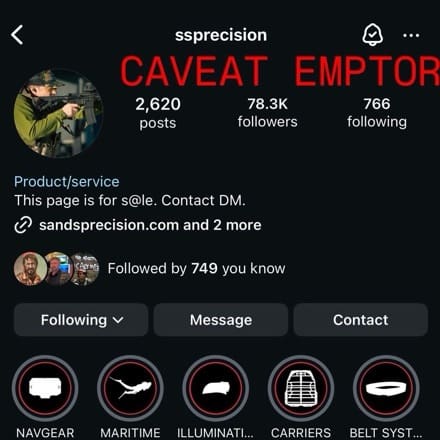
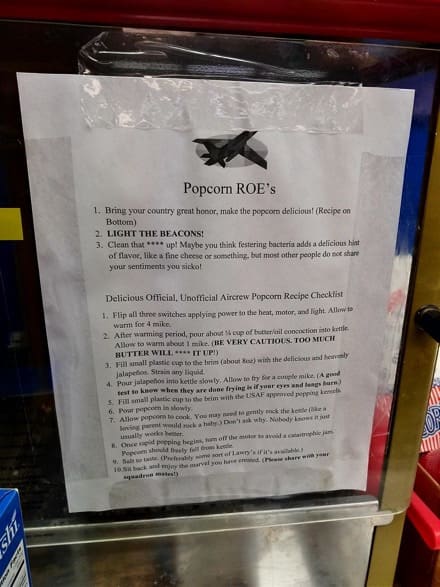
Leave a Reply